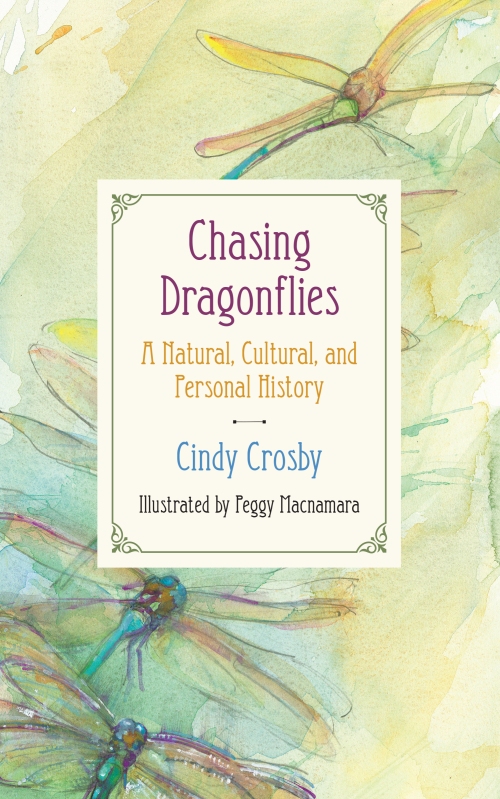“But the days grow short, when you reach September… .” –Maxwell Anderson
*****
The last days of September have arrived on the prairie.

Bittersweet. Summer, we hardly knew ya.

Smell the air.

Can you catch that slight tang of decay and crisp leaves?

Walk the trails. Feel the crunch, crunch, crunch of the acorns underfoot in the prairie savannas.

There’s no turning back now. Autumn is in full swing. The prairie methodically gets her affairs in order. Cooler temperatures? Check. Grass seeds ripening? Check. Last wildflower blooms opened? Check. September is almost a wrap.

I recently returned from Tucson, Arizona, where September looks a lot different than it does in the Chicago region.

The “monsoon” rains predated my arrival. In response, the desert was green and full of flowers.

With the rains and the flowers came the butterflies.

My plan for hiking Tucson was to chase dragonflies. The butterflies were unexpected. An epiphany. Walking through Tucson was like traveling through showers of confetti. Every flower held a butterfly, it seemed. In one wildflower patch, I counted nine Queen butterflies nectaring.

Everywhere I looked: butterflies. At first I clicked my camera nonstop. Finally, I gave up and enjoyed the experience. So much color, motion, and light!

It was no different on the paths. Butterflies puddled along the trails, looking for salts and minerals.

As I waded Sabino Canyon’s streams, chasing dragonflies, I found a pipevine swallowtail butterfly floating under a spiderweb. It looked like a goner.

Gently, I picked it up. There was a flicker of life! I lowered it into some foliage along the stream, and felt its legs grasp the grass stems.

I left it hanging in the sunshine to dry while I looked for dragonflies in the stream. Keeping an eye on it. The last time I waded by, it was gone. Good luck. Enjoy that second chance.

Meanwhile, I discovered the world of southwestern dragonflies for the first time. Flame skimmers.

Grey Sanddragons.

Roseate skimmers.

I pored over my ID books, learning their names. Each day, I saw dragonflies that were new to me. So many astonishments! It was difficult to get on the plane and come home.

But I knew the prairie would be waiting, with its own suite of wonders.

I’m still seeing butterflies in Illinois this week, and will until the frost. They flutter singly through the prairie and my garden. The dragonflies are mostly gone here, except for a few swarms of migrating common green darners. The end of September looks much different in Arizona than in Illinois.

The prairie’s fall colors are in full swing. It’s good to be back.

I’m grateful to have experienced both places in September. And glad to be reminded of the beauty and unexpected delights still to be found wherever I travel.

But there’s no place like home.
******
Maxwell Anderson wrote the lyrics to “September Song,” which has become a standard cover tune for musicians such as Frank Sinatra, Willie Nelson, Burl Ives, Jeff Lynne (of Electric Light Orchestra), Ian Maculloch (of Echo & the Bunnymen), and Bing Crosby. I love the Willie Nelson version; you can listen to it here.
*****
Join Cindy for a program or class!
Begins October 19, Evenings Online: NATURE WRITING 2: Online guided workshop offered through The Morton Arboretum. Some experience required; please see details. For weekly times, dates, and registration info click here.
December 3: WINTER PRAIRIE WONDERS–ONLINE (10-11:30 a.m.) Discover the December Delights of the Tallgrass! Make yourself a cup of hot tea, snuggle under a warm afghan, and join prairie steward and writer Cindy Crosby virtually for this interactive online immersion into the tallgrass prairie in winter. See the aesthetic beauty of the snow-covered grasses and wildflowers in cold weather through colorful images of winter on the prairies. Follow animal tracks to see what creatures are out and about, and see how many you can identify. Learn how birds, pollinators, and mammals use winter prairie plants; the seeds for nourishment and the grasses and spent wildflowers for overwintering, protection, and cover. Then, listen as Cindy shares brief readings about the prairie in winter that will engage your creativity and nourish your soul. Registration information here.















